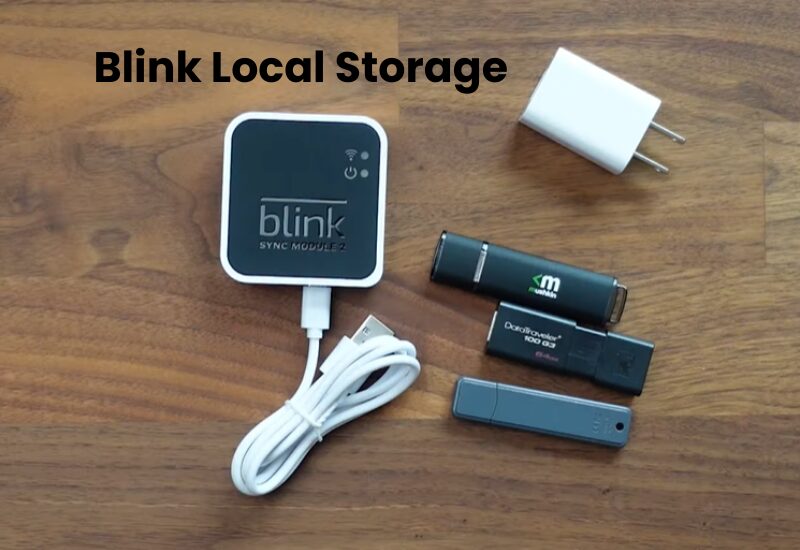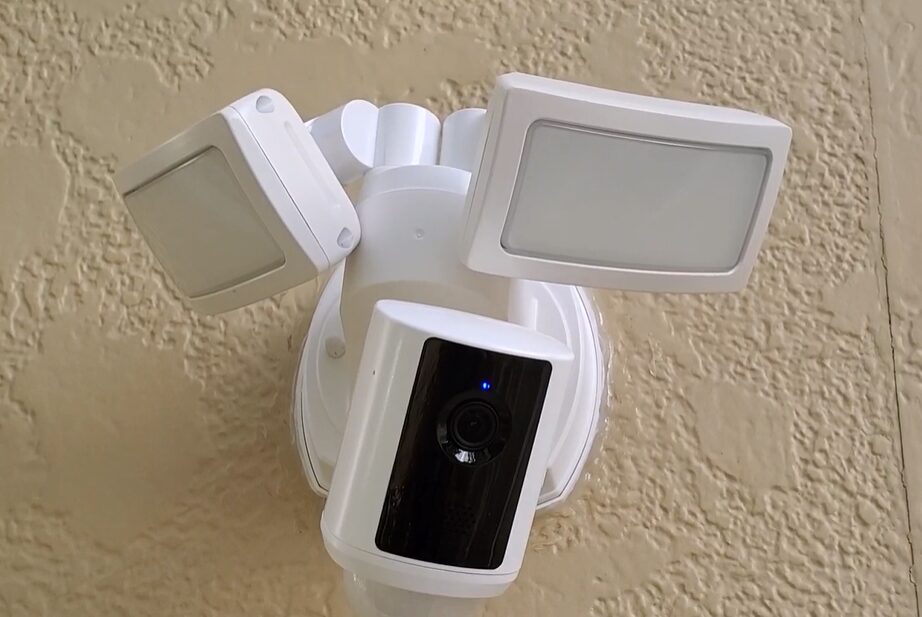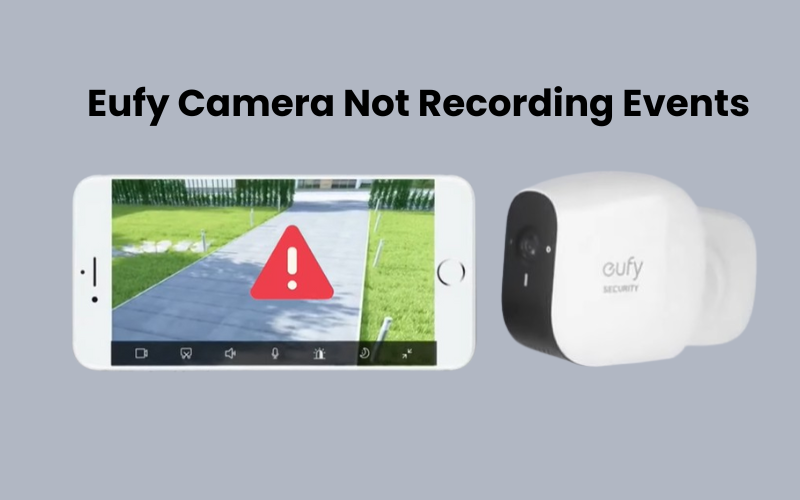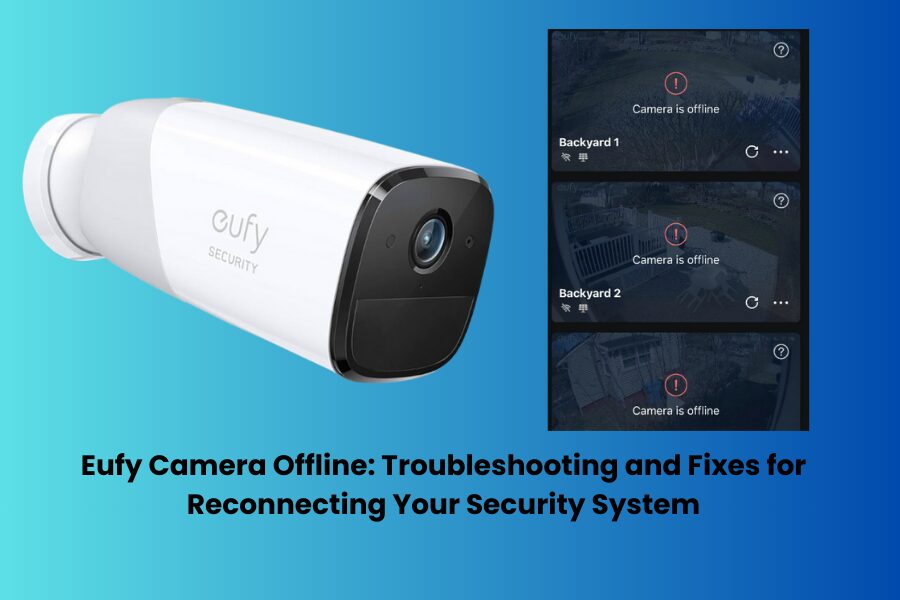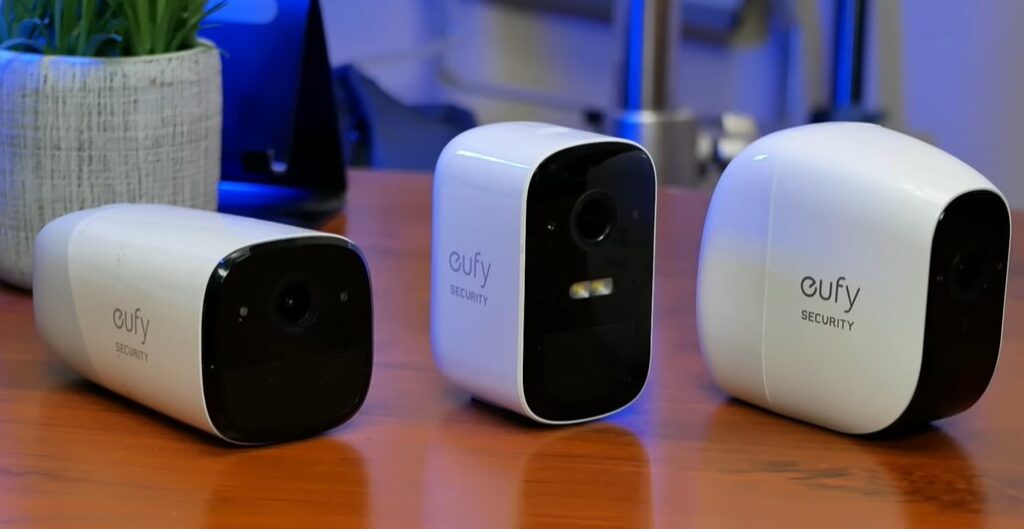Are you frustrated by running out of space for your Blink security cameras and videos in the cloud? If so, then it’s time for you to say goodbye to that hassle and embrace Blink Local Storage.
Blink Local Storage can store video clips directly connected to your Sync Module Two. This feature lets you keep all your footage without the stress of exceeding your cloud limits. However, additional charges may apply for additional storage or space.
Getting started with local storage is easy, just insert a USB drive into your sync module and use the Blink app to format it. Once this is done you can choose to save the clips directly to the USB drive by selecting the local storage option in the app. You can use USB drives from 1GB to 256GB which gives you a lot of options to suit your needs.
No more worries about running out of space Blink Local Storage makes it easy to keep your important footage at your fingertips.
How Does Your Blink Local Storage Work?
To use local storage with Blink cameras, users need the Blink Sync Module 2. Here’s a step-by-step guide on how it works:
- Connect the Sync Module: First, plug the Blink Sync Module 2 into a power source and connect it to your Wi-Fi network.
- Insert USB Drive: Next, insert a compatible USB drive into the Sync Module. The USB drive must be formatted to FAT32 for the system to recognize it.
- Set Up Local Storage: Open the Blink app on your smartphone. Navigate to the settings menu and select “Local Storage.” Here, you can enable local storage and choose to save recordings on the USB drive.
- Recording Footage: Once local storage is set up, Blink cameras will automatically save video clips to the USB drive when they detect motion or when live view is activated.
- Accessing Videos: To view the recordings, simply remove the USB drive from the Sync Module and connect it to a computer. Users can easily access their video files this way.
Blink Camera Without a Subscription
You don’t need a subscription or a free trial to use local storage with Sync Module 2. This feature allows you to record clips whenever it detects motion. When you enable motion detection and arm your camera or system, it begins recording clips as soon as it detects motion. You can easily access these clips through the Blink app.
However, keep in mind that older Blink devices like the Indoor (1st Gen), XT, and XT2 do not support local storage.
For Blink devices launched after 2020—such as the Mini, Indoor (3rd Gen), Outdoor (3rd Gen), Video Doorbell, and Wired Floodlight Camera—you can use local storage. With these devices, you can set up local storage to record clips.
To ensure you capture full clip recordings, remember to turn off the “Early Notification Feature” in your camera settings. If you enable this feature, the clip recording stops immediately after you receive a motion notification.
While you don’t need a subscription, your Blink system still offers a range of features without one. Whether these features meet your needs is up to you. Here’s what you can do without a subscription:
- Live stream through the app
- Receive motion detection alerts
- Use two-way audio
- Record to a local USB drive
You can find your recordings in the clips section of the Blink app for easy playback.
As mentioned earlier, you can connect up to 10 cameras to your Sync Module and enable local storage for each one. Just make sure all cameras or accessories are in the same local area.
You can access clips stored locally for the past 30 days via the app. If you need recordings from earlier, safely unplug the USB drive and connect it to your PC.
One key difference between local and cloud recordings is the deletion process. With cloud recordings, you can delete multiple clips at once. However, for local storage, you can only delete one clip at a time in the app. To delete multiple clips, you’ll need to connect the USB drive to a PC.
The biggest perk of using local storage is that you can operate your Blink system without paying a monthly subscription. You could save money each month!
Supported USB Drives
Not all USB drives work with Blink Local Storage. Here are some key points to consider when choosing a USB drive:
The USB drive should have enough space to store the desired amount of footage. Use a drive with at least 32GB for optimal storage.
A USB 3.0 drive is preferable because it offers faster data transfer rates, which can improve performance. Make sure the USB drive is formatted as FAT32. This format is necessary for the Blink system to recognize the drive.
The Importance of Local Storage
When you have a cloud subscription or during the free trial, local storage acts as a backup for your Blink security system. Each day, the system backs up clips saved in the cloud to a USB drive. You can easily access these cloud recordings through the Blink app. To view the backup, simply eject the USB drive and open the clips on your computer.
Within your Blink system, you’ll find two tabs under clips: one for local storage and one for cloud storage. The local storage tab will show the name of your system.
If you have a subscription, local storage mainly serves as a backup. The cloud will store most of your activities.
Depending on your Blink plan, you can access clips for up to 60 days through the app. If you need to find older clips, that’s where local storage becomes useful.
Keep in mind that deleting clips from cloud storage does not remove them from the USB drive.
Setting Up Local Storage for Your Blink System
To add local storage to your Blink system, you’ll need a Sync Module 2 and a USB drive. Once you connect the sync module to your network, insert the USB drive and check the connection status in the Blink app.
When the sync module connects, solid blue and green lights appear. This means it has network access and is in sync with the cloud servers.
Steps to Connect Your USB Drive
- Ensure it’s connected to your Wi-Fi network.
- Plug a correctly formatted USB drive into the sync module’s port.
- Launch the app and select the sync module from your connected cameras.
- Tap on the Local Storage option.
- If it shows “connected,” the module recognizes the USB drive. You’ll see available storage and a list of cameras.
If the USB isn’t formatted correctly, a pop-up will ask if you want to “Format USB device?” You can format it through the app, but this will erase any existing data and might prompt a firmware update. Alternatively, you can format it to ExFAT on your computer.
Finally, enable motion detection and arm your camera. After 2 to 5 minutes of motion, check the app for your clips, confirming local storage is working.
Troubleshooting Local Storage Issues
While using Blink Local Storage is generally straightforward, users may encounter issues. Here are some common problems and their solutions:
- USB Drive Not Recognized: If the USB drive is not detected, ensure it is formatted to FAT32. Also, check that it is properly inserted into the Sync Module.
- Insufficient Storage Space: If the USB drive is full, users may need to delete old footage or use a larger drive to continue recording.
- Connectivity Issues: If the Blink camera is not recording to local storage, check the Wi-Fi connection and ensure the Sync Module is connected to the internet.
- Firmware Updates: Occasionally, updating the firmware of the Blink devices can resolve issues related to local storage. Users should regularly update their devices to ensure the best performance.
Frequently Asked Questions:
How long does Blink save video without a subscription?
Without a subscription, Blink cameras can save video clips for up to 60 days in the cloud. This allows users to access their recorded footage during this time. However, after the 60-day period, the system will automatically delete older clips unless you save them to local storage or subscribe to a plan that extends the storage time.
Can I use Blink cameras without a subscription?
Yes, you can use Blink cameras without a subscription. The basic features of the Blink system, including live view and motion detection, are available for free. However, without a subscription, users will have limited access to certain features, such as extended cloud storage. Subscribe to a plan to fully access all the features, including longer storage times and advanced options.
Can Blink cameras record to local storage?
Yes, Blink cameras can record to local storage when using the Blink Sync Module 2. By connecting a compatible USB drive to the Sync Module, users can save video recordings directly to the drive. This allows for more control over footage and eliminates the need for a subscription for extended storage, as users can access and manage their recordings directly from the USB drive.

